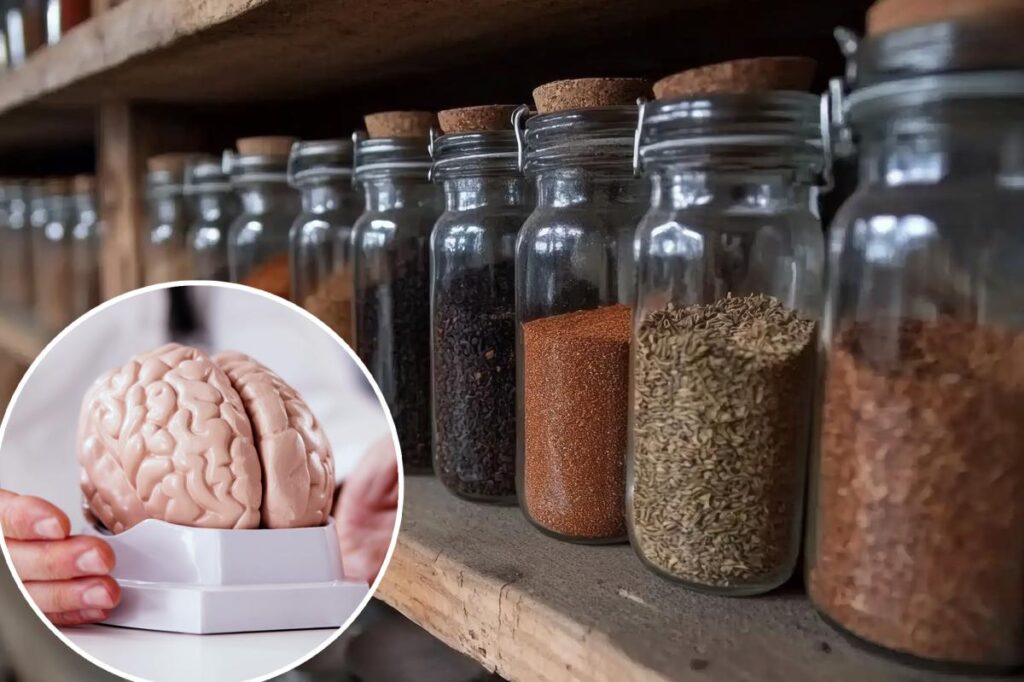Fall fanatics go nuts for it!
There’s one beloved pantry staple that embodies the essence of autumn, stirring up memories of baking, cozy drinks and holiday preparations.
The swirl of warmth and sweetness also possesses bacteria-fighting powers and may improve learning and memory — but too much could be toxic.
Studies suggest that cinnamon may improve brain function and help reduce cognitive impairment due to its antioxidant, anti-inflammatory and anti-amyloid properties.
Research has found that it can also slow or completely stop the growth of bacteria — especially the type of bacteria that commonly causes yeast infections like E. coli and Candida.
Cinnamaldehyde is the primary active compound that gives cinnamon its antimicrobial properties.
It’s even been shown to enhance the effectiveness of certain antibiotics in lab settings.
Used in everything from beverages to desserts, cinnamon also boasts iron, fiber, calcium, manganese and other nutrients.
Those with Type 2 diabetes may find that it helps lower blood sugar and cholesterol levels by improving insulin sensitivity and reducing triglycerides.
Before you grab your shaker to sprinkle it on everything, know this: Coumarin, a naturally occurring substance found in certain types of cinnamon, is a toxin that has been linked to severe liver damage.
Ceylon cinnamon, also known as “true” cinnamon, contains low levels of coumarin.
Because it’s more expensive, several products use cassia cinnamon or dried cassia bark instead, which has higher coumarin levels.
In light of toxicity concerns, the US Food and Drug Administration banned the use of pure coumarin as a food additive long ago.
It does allow its presence in certain foods and beverages from natural sources, such as cinnamon.
There are other risks and unwanted side effects of overusing cinnamon, such as low blood sugar, gastrointestinal distress and mouth sores.
If you want the best that cinnamon has to offer, the US Department of Agriculture recommends consuming up to half a teaspoon a day.
Read the full article here


